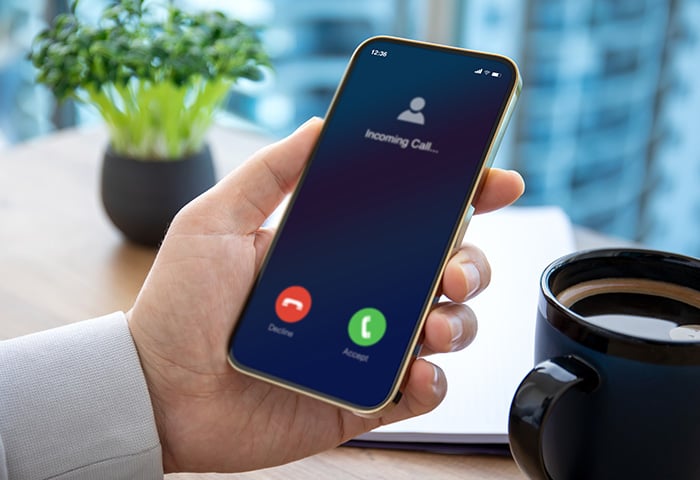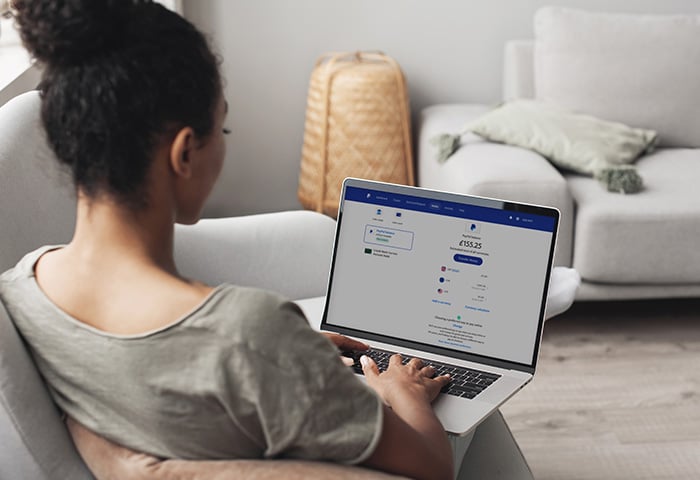What is Cybersecurity Awareness Month?
Cybersecurity Awareness Month was launched by the National Cyber Security Alliance (NCSA) and the U.S. Department of Homeland Security (DHS) way back in October 2004 as a huge effort to help all Americans (and hopefully others globally too) understand how to stay safe and secure online. Each year the month of October is dedicated to gaining an understanding and awareness of the importance of cybersecurity.
Why is cybersecurity so important?
You wouldn’t ride a motorbike without a helmet would you? Or take a boat out without a life jacket? Well, staying safe online is much like those activities — you need to have some assurances in place to keep you secure. The internet has grown so much over the past decade and it enables us to do great things like connect with family, stay in touch with old friends, see our grandchildren, play games, and feel connected to something even when we’re worlds apart. But with the positives comes, as always, an alarming number of negatives. Your data (personal information about you) is worth a great deal of money, and in the wrong hands can cause endless damage, which is why it’s so important to protect it. There are several easy ways to stay on top of cybersecurity trends, such as reading trusted articles, research, and news reports. However, not all tips are simply trends: many key things are here to stay. So here are 5 top tips on staying aware and on top of your cybersecurity that you can do easily and often.
5 ways to enhance your cybersecurity
1. Get an antivirus and back up your goods
We know, we know. We sound like an old broken record with this one but it is kinda our whole thing so it’s pretty important to us. Often people tend to ask the question, do I really need an antivirus? And the answer? A resounding yes. Having an antivirus on your device will protect you from most types of malware such as ransomware, fake websites, phishing scams, and network hacks. There are many reputable companies that can offer you full and guaranteed online protection with their antivirus software. (FYI we’re one of them.) And on the back of this most common question we’ll throw in a double tip here — make sure you back up all your personal files such as photos, videos, and documents. That means you'll have them safe if you do fall prey to a ransomware attack without a reputable antivirus in place and also helps if your device is lost, stolen, or damaged.
2. Passwords, passwords, PASSWORDS
There are some hard and fast rules when it comes to creating multiple secure passwords for your accounts.
-
First up, don’t be lazy. 123456 may be easy for you to remember sure, but it’s also literally the easiest password to crack ever. Stay away from what’s obvious and don’t be tempted by sequential numbers or anything that contains the word password.
-
Be unique. Don’t include any personal info such as your name, any aspect of your date of birth, or hometown. If you’re ever specifically targeted for a password hack, the hacker will put everything they know about you in their guess attempts and if your password happens to be your surname and the year you were born they’d have a very easy ride indeed.
-
Make it long. This is one of the most important factors and you should always aim to choose a password longer than at least 15 characters.
-
Mix up the characters. The more you mix up letters (upper-case and lower-case), numbers, and symbols, the more complicated your password is, and the harder it is for it to be compromised.
-
Don’t use memorable keyboard paths. Much like our advice above not to use sequential letters and numbers, don’t use sequential keyboard paths either (like qwerty). These are among the first to be guessed and also come on, where’s the creativity!?
Speaking of creativity, here’s a couple of handy ways to come up with a memorable yet unhackable password. The first is the passphrase method. Use things like your favorite historical figure, along with your favorite word from a different language, matched with the first city you ever visited. Combine them together and you have something very hard to crack but easy for you to memorize As a rule of thumb we’d suggest throwing some numbers in at the end too. Here’s how that could look:
LutherKingEnchanteAntwerp89
Pretty good right? There’s also the Bruce Schneier Method where you think of a random and obscure sentence that means something to you and transfer it into a sentence using a rule. The rule could be the first two letters only. So, something like ‘my favorite restaurant in Suffolk is near Ed Sheeran’s house.’ Making your password:
MyFaReInSuIsNeEdShHo
And we probably don’t need to say this but we’re going to — don’t use the same password for all your accounts. It’s tempting yes but it makes it so much easier for you to be hacked everywhere. If you’re worried about being able to remember so many varying and unique passwords you can use password manager software which will do the job for you.
Of course, when you have online accounts you always run the risk of having your data breached. AVG BreachGuard helps you take back control of your online privacy by protecting your private data and alerting you to data breaches. So if your data is compromised you’ll be notified and can change your logins. You’ll also get advice on tips on how to keep your accounts and passwords secure.
The more aware you are of scams and how prevalent they are the more likely you are to think twice and stop them from happening to you. Phishing in its most basic form is any attempt to trick people using emails, text messages, phone calls, or fake websites. The goal can be anything from trying to get people to send money, hand over sensitive and personal info, or even to download malware, and the perpetrators of these attacks will use any form of manipulation available to them in order to succeed. Links in emails and phone scams are some of the easiest ways for cyber criminals to get their hands on your precious sensitive info. Always be cautious of clicking on links or downloading anything that comes from someone you don’t know or that you weren’t expecting.
You’re also right to be suspicious of any emails, text messages, or phone calls that require you to respond to a crisis urgently or give away your credit card number or bank account information — even if they claim to be your bank and know some of your information already it doesn’t mean they are legitimate. One way around this is to contact your bank or credit card company directly to find out if it was them contacting you before complying with any requests. As we said, the more aware you are of phishing scams the more likely you are to think twice about what you’re getting involved with. Make sure you take the time to read up on cybersecurity news and keep in the loop with new scams and hacks so you can be prepared.
So there you have it. 5 easily maintainable ways to keep yourself secure online, not only this month, but all year round. And if you’re looking for more information on how to keep your cybersecurity in ship shape we have a wealth of knowledge on this very blog for you. Simply head over to the home page to have a look around.
And of course we'd be remiss not to mention one of the easiest ways to make sure you always stay safe online and immune from threats — by downloading AVG AntiVirus FREE and taking control of your online security. Stay safe and happy browsing.















